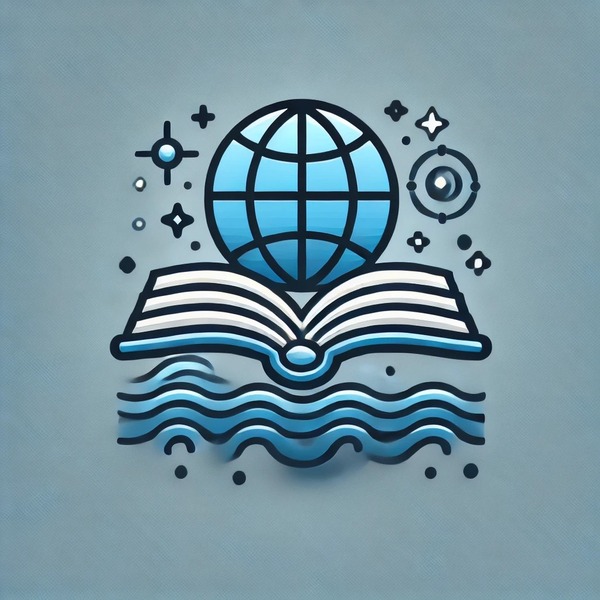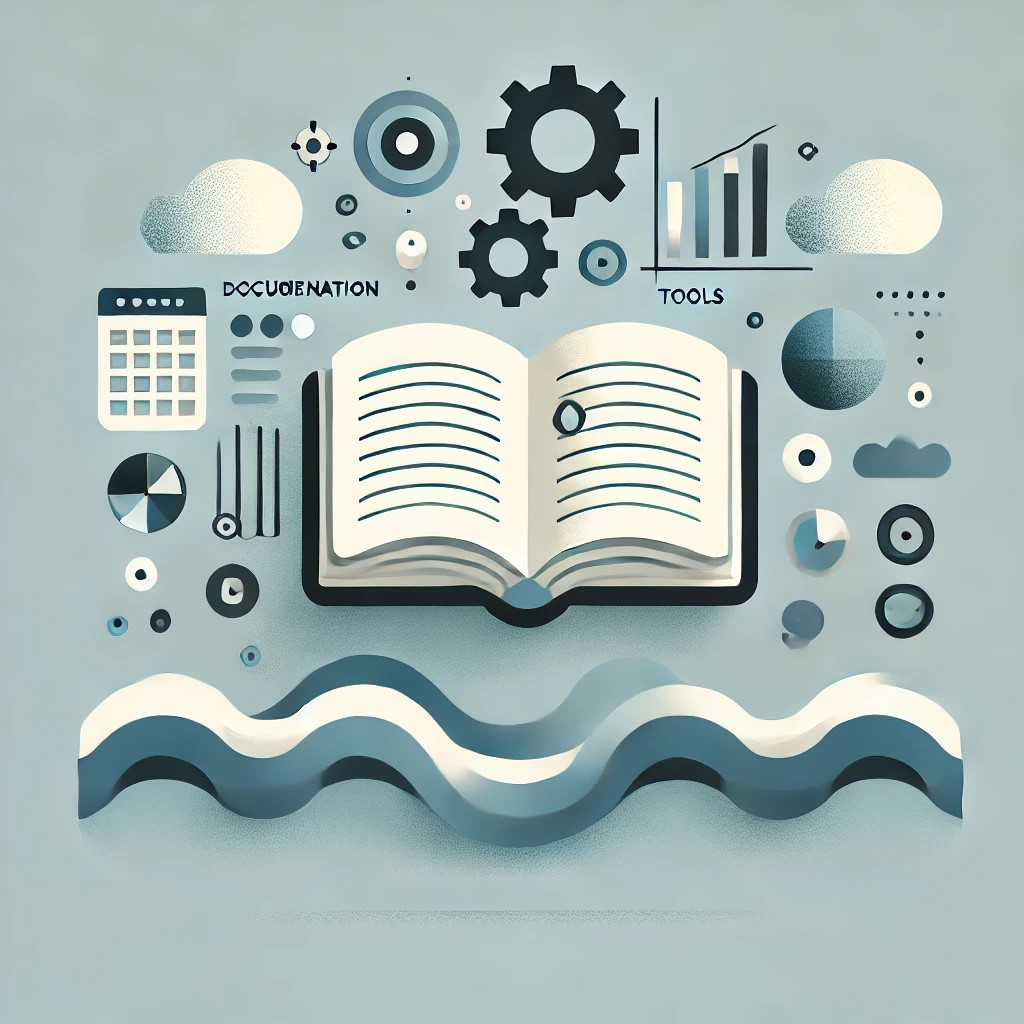Documentation and Tools
Documentation and Tools
-
Resource Index
Enhance Your Expertise
Access a repository of resources tailored for Ocean Digital Twins. Explore technical reports, implementation guides, tool walkthroughs, and step-by-step how-tos designed to support the creation, deployment, and use of Digital Twin technologies.
Kickstart your Digital Twin projects today!
Aquaculture Smart Monitoring
This Digital Twin pilot supports the aquaculture sector through advanced environmental monitoring and risk assessment. Designed to track conditions such as parasites, algal blooms, infections, and pollution, the tool offers a data-driven approach to managing aquaculture sustainably.
You will gain access to:
- Tools to compare aquaculture site performance across locations and time periods.
- Ability to track and predict environmental and operational trends.
- Support for fish welfare, infection mitigation, and environmental compliance Insight into performance benchmarks.
Review the Aquaculture Smart Monitoring Tool
AQUASAFE
AQUASAFE is a real-time operational management tool and platform designed to improve decision-making and efficiency in water-related sectors, including water distribution, wastewater, environmental monitoring, and meteorology. By integrating real-time sensor data, remote detection, and advanced modeling outputs, AQUASAFE transforms complex data into actionable insights.
You will gain access to:
- Real-time forecasts and high-resolution simulations.
- Advanced data analytics that turn complex measurements and model outputs into actionable insights.
- Personalized alarms and alerts that anticipate problems by combining data from multiple sources.
- On-demand scenario simulations, enabling rapid evaluation of management options.
Coastal Crete Data Access via Adamapi
This interactive notebook offers a five-step workflow to accessing Earth Observation data using Adamapi.
The workflow includes:
- Authenticate with Adamapi
- Select and query EO datasets
- Filter by time and space
- Execute API requests
- Retrieve and visualize results in Python
The notebook also covers basic data visualization using Python libraries in a Jupyter environment.
Watch the Coastal Crete Demonstration
The Advanced Geospatial Data Management
The Advanced Geospatial Data Management (ADAM) platform is a tool for accessing a wide range of global environmental data.
With the ADAM Platform, you can:
- Access diverse environmental datasets, including historical data, real-time observations, forecasts, and long-term climate projections.
- Extract data at global or local scales using a web interface or through an API.
- Work with continuously updated data to ensure accuracy and relevance.
- Integrate data into custom applications, from micro-level thematic tools to large-scale AI-powered solutions.
- Share, manage, and reuse data efficiently across various data sources.
- Accelerate data-driven workflows with a fast, flexible, and scalable data-as-a-service architecture.
Fisheries DTO
The Digital Twin of Fisheries is a web-based assessment tool built using R scripts and a Shiny App to evaluate the ecological status and sustainability of marine ecosystems through fisheries and community-level indicators.
This tool enables both retrospective assessments and future projections, such as forecasting shifts in fish community composition due to climate change and sea warming, or predicting increases in invasive species.
Watch the Session on the Involvement of fisheries firms in the digital community, the use of satellite data - Day 1
Watch the Session on the Involvement of fisheries firms in the digital community, the use of satellite data - Day 2
GeoMachine: Evolved Tools For Geo-Visualisation
GeoMachine is a WebGIS platform designed to facilitate the interaction, visualization, and interpretation of complex geospatial datasets.
Developed to bridge the gap between technical geographic data and practical application, it provides users with a flexible environment for spatial analysis and data-driven exploration.
A key feature of the system is its customisability. Components are structured as configurable building blocks, enabling the development of general-purpose WebGIS environments and task-specific analytical tools.
Designed with scalability in mind, the platform handles large-scale and near-real-time data from diverse sources, including international institutions and government agencies.
GeoViz
This tool visualises particle simulations in ocean environments in both 2D and 3D, with interactive time controls. By inputting particle propagation data, you can explore how particles move and evolve in marine settings.
You will gain access to:
- 2D and 3D visualization of particle propagation in ocean environments.
- Interactive time flow controls to analyze particle movement dynamically.
- Compatibility with NetCDF outputs from OpenDrift.
- A publicly available codebase to customize for your own datasets and simulations.
- Tools for parsing scientific data into usable visual formats using C#.
- Unity + Cesium-based visualization, providing a high-fidelity, interactive experience.
- Open-source access with clear licensing for reuse and extension.
Maritime Spatial Planning
Challenge
MSP Challenge is an interactive simulation platform designed to help users understand and manage the complex relationships between human activities at sea, such as offshore energy, shipping, and fishing, and their long-term impact on the marine environment.
With the MSP platform you can:
- Explore maritime regions using multiple data layers.
- Simulate future scenarios for sea space usage over several decades.
- Visualize the effects of planning decisions through ecological, economic, and spatial indicators.
The platform integrates real-world geospatial, marine, and ecological data with simulation models for shipping, energy, and the environment.
Using elements of game-based learning and virtual reality, it promotes collaborative decision-making and long-term thinking.
NiMMbus: Dataset Feedback Integration
NiMMbus is a tool that lets users comment on, rate, or ask questions about datasets. The feedback is linked directly to resources using metadata identifiers, helping improve transparency, community collaboration, and trust in data.
It can be embedded into catalogues or web pages using two approaches:
- A lightweight, plug-and-play widget for quick integration.
- A flexible JavaScript API for advanced, customized usage.
Ocean Best Practices
The Ocean Best Practices System (OBPS) is a global initiative designed to improve and standardize ocean data collection, analysis, and sharing. It supports high-quality, interoperable, and collaborative ocean science by promoting the use of common standards and best practices.
You will gain access to:
- A searchable repository of documented ocean practices.
- A peer-reviewed journal section.
- Training materials, including tutorials and guides.
- Task teams focused on specific thematic goals.
Ocean Data Platform
The Ocean Data Platform (ODP), developed by HUB Ocean, is a cloud-based environment designed for the processing, storage, and access of ocean-related data. ODP includes a rich public data catalog, private data storage with fine-grained access controls, powerful APIs, and two dedicated storage systems for both structured (tabular/geospatial) and unstructured (raw) data.
You will gain access to:
- Access to a searchable public data catalog.
- API-based access to retrieve, query, and filter both public and private datasets.
- Extensive documentation and webinars to support new users and DTO developers.
- A scalable, secure environment for collaboration and marine data innovation.
OceanLab Twin: Environmental Monitoring
This resource comprehensively introduces building and applying digital ocean twins using real-world data and cutting-edge marine technology.
Centered around the OceanLab infrastructure in Trondheim fjord, this documentation guides through accessing sensor data, visualizing ocean phenomena, and developing predictive models for environmental monitoring, pollution tracking, and ecosystem management.
By engaging with this tool, you will learn how to:
- Access and interpret multi‐source sensor data (oceanographic, meteorological, noise, methane, and plastic concentrations).
- Integrate high‐resolution operational models and 800 m reanalysis products to drive a continuously updated digital twin of the fjord.
- Design and implement DTO‐based environmental monitoring workflows.
- Develop pollution‐tracking applications, uch as noise mapping, methane plume detection, and marine litter backtracking, using both observed data and “what‐if” scenario simulations.
- Apply DTO‐guided strategies for biomass assessment and water‐quality analysis.
Procedural Ocean
Procedural Ocean is a visualization tool that generates 3D environments of offshore wind farms using the Unreal or Unity game engines. It is designed to support maritime spatial planning by helping policymakers, planners, and stakeholders better understand the visual and environmental impact of offshore infrastructure.
You will gain access to:
- 3D simulations of offshore wind farms generated automatically.
- Low-effort generation of environments using input parameters in JSON format.
- Enhanced stakeholder communication with visually engaging representations.
- Insight into spatial, environmental, and policy impacts of offshore development.
PyOPIA: Python Ocean Particle Image Analysis
PyOPIA (Python Ocean Particle Image Analysis) offers a standardized, pipeline-based workflow for analyzing ocean particle imagery. This documentation guides users through each workflow step, from data preprocessing to final output generation, helping researchers work efficiently with images collected from oceanographic instruments.
PyOPIA includes customizable components to accommodate instrument-specific processing requirements, such as holographic reconstruction. The final results are stored in a structured HDF5 format, enriched with metadata that ensures full traceability and aligns with FAIR data principles (Findable, Accessible, Interoperable, and Reusable).
By using this resource, you will learn how to:
- Apply PyOPIA’s modular workflow to particle image datasets.
- Customize analysis steps to suit different imaging systems.
- Generate standardized, metadata-rich outputs for reproducible research.
- Enhance data management through adherence to FAIR principles.
RAMANI Analytics
Ramani is a freely accessible online platform and a data repository and analysis tool designed for exploring, visualizing, and downloading climate, land, and ocean-related datasets. With access to over 300 datasets and 100+ built-in algorithms provided as Functions-as-a-Service (FaaS), you can perform sophisticated analyses directly from a standard web browser without installing specialized software.
By using this resource, you will gain:
- Free access to hundreds of high-quality environmental datasets.
- Built-in analytical tools for data processing and scientific analysis using Python.
- Visualization and animation capabilities for maps, models, and trends.
- Flexible data export options, including formats suitable for GIS applications.
- Integration-ready outputs for mobile apps through Android and iOS Maps-API.
SemFlow: Knowledge Mapping Platform
SemFlow is an interactive web-based tool designed to support the exploration and mapping of knowledge systems. Whether dealing with facts, skills, or experiential insights, SemFlow helps users visualize how knowledge is structured, connected, and generated.
Drawing from fields like epistemology, SemFlow offers an intuitive platform for capturing relationships between concepts, sources, and learning processes.
It's especially useful for researchers, educators, and students aiming to:
- Understand complex information flows.
- Trace the origins and interconnections of knowledge.
- Collaboratively build semantic models and learning structures.
Virtual Twin of Coral Reef
The Virtual Coral Reef is an immersive simulation of a coral reef ecosystem in the Indo-Pacific. Designed to raise awareness about the alarming decline of coral reefs, the simulation uses real-time scientific data to recreate reef environments and allow users to explore the delicate balance of marine life.
You will gain from this resource:
- An immersive exploration of coral reef ecosystems using virtual reality.
- Interactive simulations with adjustable scientific parameters to observe cause-and-effect relationships.
- A realistic diver experience through a first-person avatar using a head-mounted display.
- Educational engagement suitable for outreach, teaching, and environmental literacy initiatives.
VISTools Documentation
The VISTools Documentation supports the understanding of how Digital Twins of the Ocean (DTOs) can transform the fisheries sector. Through the VISTools documentation, users gain the skills to design, build, and deploy your digital twin system, from vessel data collection to decision-support tools.
By using VISTools you will:
- Understand how to engage with stakeholders and foster trust within fishing communities.
- Learn about sensor technologies and how to install and manage them on fishing vessels.
- Explore data transfer systems for collecting information in real time.
- Work with PowerBI dashboards to visualize data clearly and effectively.
Watch the VISTools Demonstration


